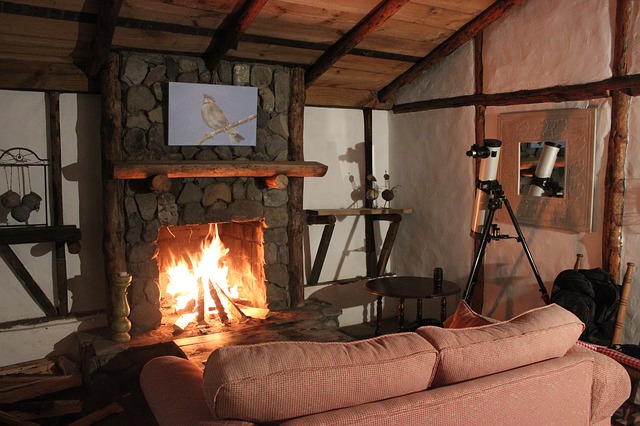As the lazy, crazy, hazy days of summer come to an end, fall approaches, and, before you know it, the first cold snap descends on your home. Expect your energy bill to skyrocket as you attempt to keep your house warm. However, it is unnecessary to spend a small fortune on heating during the long winter months.
Instead, try implementing some cost-effective ways to heat your home during cold weather. Here are some ideas to get you started:
Upgrade or replace your heating system
An old heating system guzzles power, resulting in higher bills. You should consider upgrading or replacing this system with conservatory electric radiators from BestElectricRadiators, Elnur Ecombi, or Technotherm. BestElectricRadiators’ range of electric radiators comes in sizes and styles to suit any homeowner’s needs. Units have separate thermostats, allowing you to set them at various temperatures in different rooms. Using the latest smart technology, you can control these radiators remotely, turning them on and off or adjusting the thermostat temperature on an app.
Always check the energy efficiency rating on heating appliances to ensure that they use minimal energy to keep your bill low. Newer models are designed to produce maximum heating output using minimal energy input. They also heat up quicker and do not need to run 24/7. Instead, set them to switch on about 30 minutes before everyone gets up and switch off once they have left home for the day. Do the same 30 minutes before the first person comes home and run the heating until everyone goes to bed.
Use ceiling fans
It might sound odd to suggest that ceiling fans can help heat your home. After all, they are your go-to appliances when the weather is unbearably hot. Most people do not realize that their ceiling fans can be of great assistance during winter. During summer, ceiling fans suck hot air upward and force colder air down. They have a winter setting, and switching to it has the opposite effect.
Before switching a ceiling fan on during cold weather, ensure that you have changed its setting. Typically, a knob or switch on the fan unit turns it to winter mode, making it rotate in the opposite direction.
Use a fireplace
While a fireplace will not heat your entire home, it can make for a cozy living room on those long winter nights when you want to watch television or read. However, fireplaces pose a serious risk to your household. An uncontained spark could lead to a house fire, and having a fireguard up in front of the fireplace is advised. Check that all smoke detectors are working, so they give you an early warning of a fire. Then you can extinguish it or get everyone to safety.
An obstructed chimney could lead to rising carbon monoxide in a home. This gas is known as the ‘silent killer’ as people can lose consciousness or die without knowing something was wrong. Regular chimney cleaning and installing carbon monoxide detectors avoid this potentially fatal situation.
Insulation
Roof insulation keeps warmth trapped inside a structure, ensuring that it does not escape outside.. A layer of insulation will prevent this from happening. Contact an insulation installer for a quotation on having your roof insulated. Since hot air rises, it leaves the house via its roof.
You should also insulate the glass in your windows or doors. Glass is an excellent heat conductor, allowing warmth to leave through it. Double glazed windows prevent this from happening. Alternatively, put transparent plastic film on the inside of your windows and close the drapes or curtains at night. Leave them open during the day, allowing the sunshine into your house.
Turn your thermostat down
Few people realize that turning the thermostat on their heating system down a degree or two can drastically reduce their energy bill. You might not feel that much difference in the temperature, but your bill will reflect it. Keep temperatures lower in rooms that are not occupied or used frequently if your system has separate thermostats.
Adjusting your thermostat down by a couple of degrees may mean the house feels slightly colder, but a few extra layers of clothing and an additional blanket on your bed should prevent you from feeling a real difference.
 World inside pictures Collect and share the best ideas that make our life easier
World inside pictures Collect and share the best ideas that make our life easier








